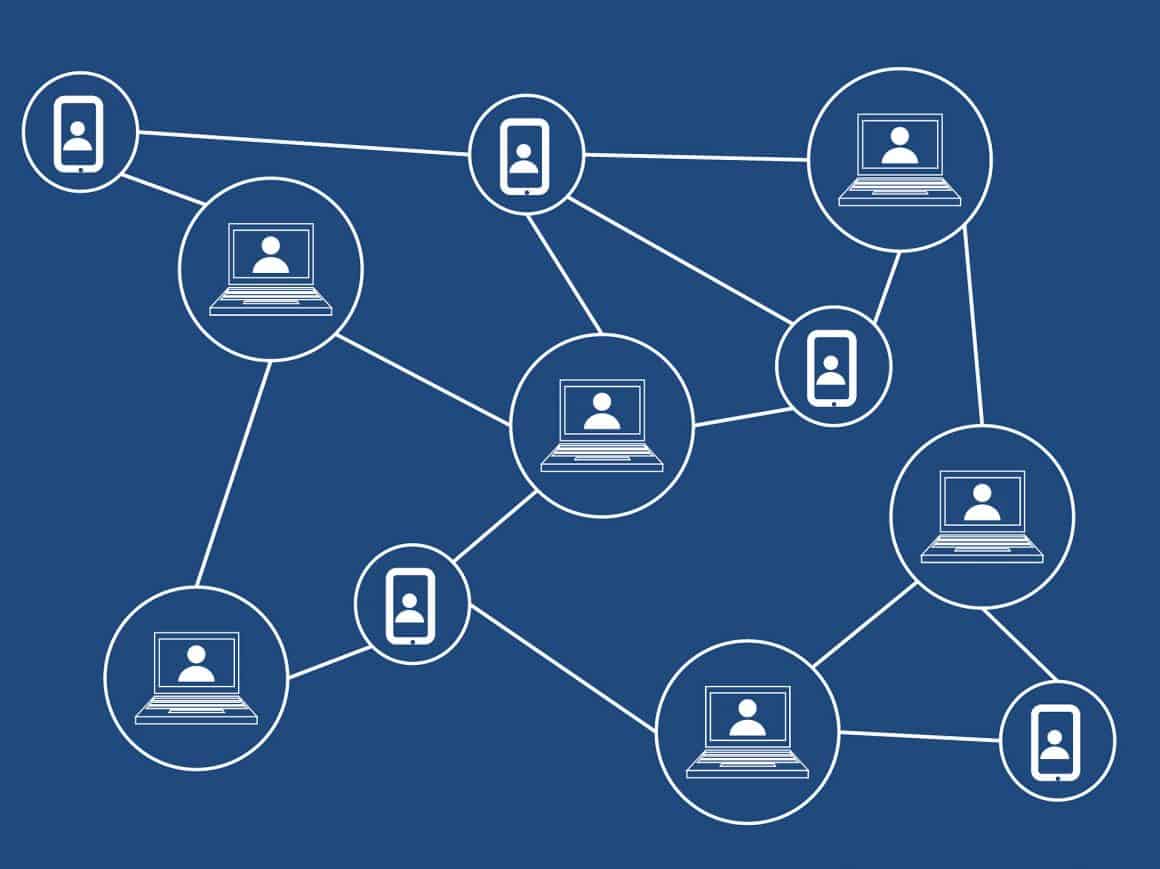Blockchain as a technology is now over a decade old.
The birth of the technology in the form of Bitcoin occurred as a counterculture financial movement to decentralize control of the financial system to individuals rather than institutions. Seismic shifts have occurred in the development of the technology since Satoshi Nakamoto’s original vision was outlined in his Bitcoin white paper in 2008.
For a start, “proof of work” (PoW), the original consensus protocol for blockchain technology in the form of Bitcoin, is no longer the conventional protocol coming to market. Inefficiencies in energy consumption and issues in scalability and transaction speeds have dented its attractiveness to developers, who increasingly view “proof of stake” (PoS) as the future of blockchains. Most of the major protocols coming to market in 2020 utilize PoS consensus: Polkadot, Keep, Skale, Ethereum 2.0 and many others.
Yet while PoS networks may address concerns regarding scalability and energy efficiency, questions remain regarding their ability to address the fundamental motive why blockchain was established: can they decentralize control back to individual users?
The myth of decentralization
Decentralization is the buzzword that every blockchain protocol under the sun claims to have finally accomplished in their network, but to do so is disingenuous. Decentralization in the blockchain sector is in essence, a myth. A famous saying by German Chancellor Bismarck describes how “Laws are like sausages. Better not to see them being made.” The same logic can be applied to blockchains, the principle of decentralization is currently not fully applied in any blockchain project. While many protocols endeavor to, too often this supposed decentralization involves 90 of their 100 nodes hosted on a solitary cloud provider. More likely with only 10 truly decentralized nodes across the globe.
It is worth noting that blockchain is still a young technology. Many blockchain protocols are still in their infancy, and in order to maintain network stability, should not be expected to be completely decentralized. It is important to have the right degree of decentralization based on the maturity of a blockchain network.
As projects mature and bootstrap their network, the hope is that they gradually become more decentralized or defining the degree of decentralization they are trying to achieve. However, the practical realities of decentralization are still lacking for many established protocols. It is well documented that protocols often scale up their node configurations with a single cloud provider, (typically Amazon Web Services, or AWS) which can lead to a single point of failure, and high potential for downtime across the network. A simple solution is to distribute nodes across multiple cloud providers, which significantly reduces the risk of network downtime.
The challenge of democratic governance
The bigger challenges for true democratization of PoS networks lie in network governance. The original thinking was that democratic governance itself would be an issue for blockchain networks, a belief that too many cooks in the kitchen would stymie the flow of meaningful network decisions. In reality, we have witnessed the opposite take place, as far too few users actively engage in governance.
It is a classic collective action problem. Unfortunately, most network users simply do not care enough about governance, or the network, to partake actively in decision making. Far too often, a large proportion of network users simply want to speculate and make money, with little regard to the application and governance of these networks.
Even the most supposed decentralized network, Bitcoin, is controlled by a few large mining pools. Ultimately, it is difficult to cultivate an ecosystem of people who truly care about the application of some of these networks.
It poses the challenge, how do we encourage meaningful participation in governance on blockchain networks? While there is not, as far as I believe, a one size fits all approach that all protocols can uniformly apply, there are a number of interesting approaches that could work for specific protocols.

One such example is the approach opted for by the Libra Association. Rather than risking limited participation in network governance, why not have certain elected validators on the network who represent a broad spectrum of users on the network. After all, this is the approach that we use in democratic elections in our society, electing politicians who in theory represent different groups of citizens. The Libra Association accomplishes this through its different member organizations, from VCs like Andreessen Horowitz, to payments platforms like Pay U, which represent the varying interests of the network users.
See related article: Facebook’s Foray Into Crypto: How It All Began
Including trustworthy and non-profit driven actors as part of networks can also help to secure their integrity in the long term. Universities and research institutions are a good example of such stakeholders who can be trusted to run validators and actively participate in network governance, without being driven solely by motives of speculation.
An alternative approach is one favored by decentralized autonomous organizations (DAOs), whereby users program nodes to automate participation and consensus on their behalf. By building a DAO like a smart contract where one dictates, this is how I want this node to vote, governance can be more clearly defined by individual users en masse.
While not a perfect method — preprogrammed voting does not exactly meet the criteria of true democracy —such an approach could offer an answer to the issue of node centralization.
The unsatisfying riposte to all these solutions may be that we simply have to wait for true network decentralization and wholescale democratic network governance.
True decentralization often emerges from the roots of centralization, and in order to reach the next phase in decentralized networks, a period of centralization may be first necessary. Other emerging technologies such as the world wide web have trodden the same familiar path from centralization to decentralization.
Blockchain is one of very few technologies that affords its users a terrific degree of control and democracy.
It’s time that we made sure that such potential does not go to waste.




